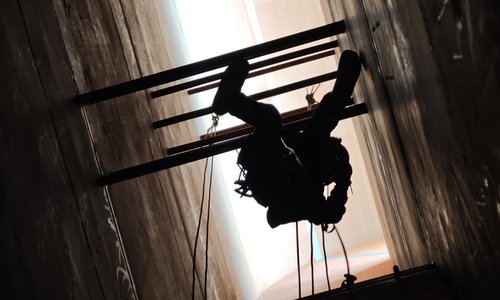When it comes to working at height either from high-rise maintenance to industrial inspections, you have two main options: rope access or traditional access methods such as scaffolding, aerial work platforms (AWPs), or crane baskets.
This guide compares rope access vs scaffolding and other traditional systems in terms of cost, safety, and speed, so you can choose the best method for your project.
